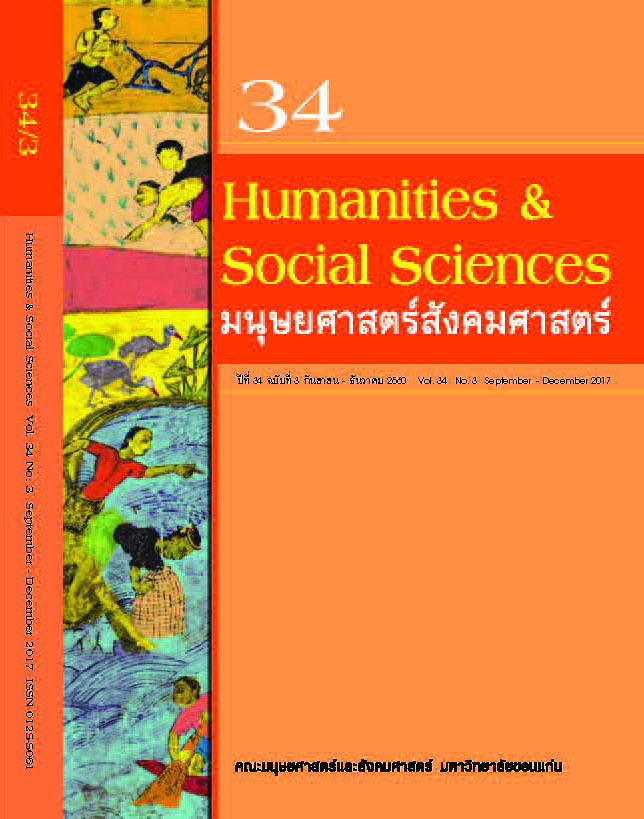3 องค์ประกอบและ 1 เครื่องมือสู่ความสำเร็จในการรับมือกับภัยพิบัติของญี่ปุ่น
Keywords:
การเตรียมพร้อมกับภัยพิบัติ, การศึกษา, การลดความเสี่ยงจากภัยพิบัติ, โบไซเคียวอิขุ, ญี่ปุ่น, Disaster Preparedness, Education, Disaster Risk Reduction (DRR), Disaster Education, JapanAbstract
บทคัดย่อ
เนื่องด้วยความถี่ของการเกิดภัยพิบัติธรรมชาติที่ทวีความรุนแรงมากขึ้นในปัจจุบัน ความจำเป็นในการสร้างเสริมศักยภาพในการจัดการกับภัยพิบัติเป็นสิ่งที่จำเป็นอย่างยิ่งต่อความมั่นคงของประเทศและความปลอดภัยของมนุษย์ บทความนี้มีวัตถุประสงค์เพื่อศึกษารวบรวมและสรุปองค์ประกอบสำคัญที่ส่งผลให้การเตรียมพร้อมรับมือกับภัยพิบัติเป็นไปอย่างมีทั้งประสิทธิภาพและประสิทธิผล ผ่านกรณีศึกษาของประเทศญี่ปุ่นซึ่งถือได้ว่าเป็นหนึ่งในประเทศที่มีการรับมือกับภัยพิบัติได้อย่างดี ทั้งนี้จากการศึกษา รวบรวมและวิเคราะห์เอกสารที่เกี่ยวข้องกับการจัดการภัยพิบัติของประเทศญี่ปุ่นพบว่า หัวใจสำคัญในภาพรวมของการสร้างความเข้มแข็งและภูมิต้านทานต่อภัยพิบัติร้ายแรง ประกอบไปด้วย 3 องค์ประกอบ และ 1 เครื่องมือ โดย 3 องค์ประกอบดังกล่าว ได้แก่ การพัฒนาสังคม การพัฒนาระบบการบริหารจัดการภัย และการพัฒนาเทคโนโลยีตลอดจนโครงสร้างพื้นฐาน ส่วนเครื่องมือสำคัญที่จำเป็นต้องนำมาใช้ในการขับเคลื่อนคือ การให้การศึกษาเรียนรู้เกี่ยวกับภัยพิบัติอย่างจริงจังและต่อเนื่อง ซึ่งจะผลักดันให้การพัฒนาในด้านต่างๆ เกิดขึ้นอย่างเป็นรูปธรรมและยั่งยืนไปพร้อมกัน
Abstract
Currently, frequency and severity of natural disasters are increasing and thus, accordingly, the necessity of strengthening overall disaster management capacity is crucial for national security and human safety. By focusing on the case studies of Japan, a country at the forefront of disaster preparedness culture, this paper aims to examine key factors that have led to the country’s effective and efficient implementation of disaster preparedness. By gathering information relating to Japan and its success in disaster management, it was revealed that Japan has been developing several elements that have coalesced to form a successful disaster preparedness culture. These elements can be categorized into three dimensions: social development, disaster management system development, and technological and infrastructural development. Moreover, these three dimensions are produced, reproduced and sustained by enhancing long-term disaster education (“bousai kyouiku”).


